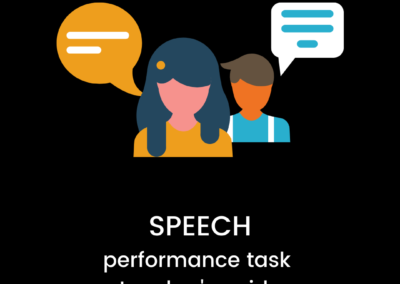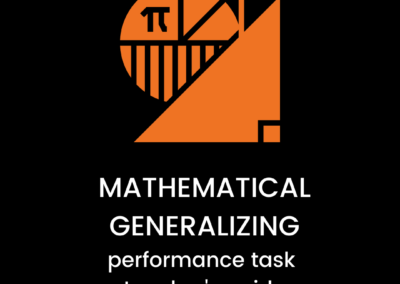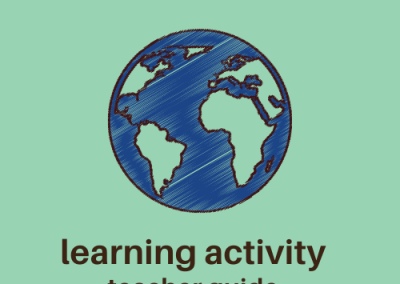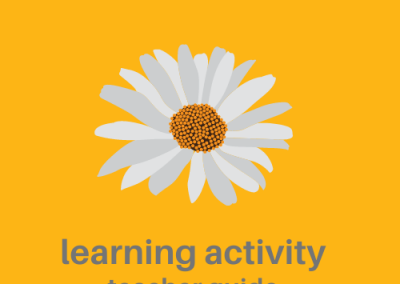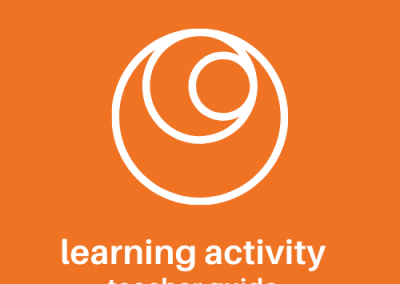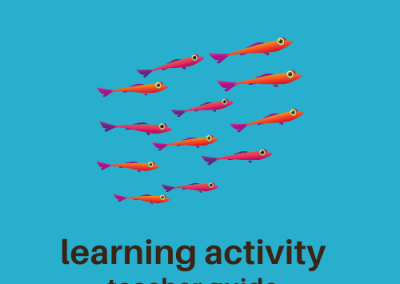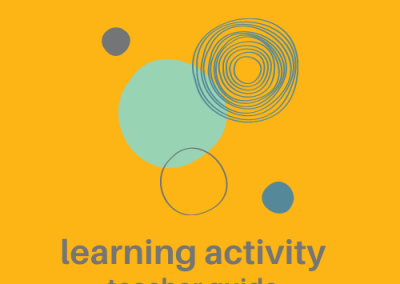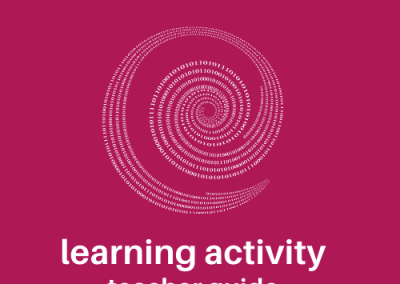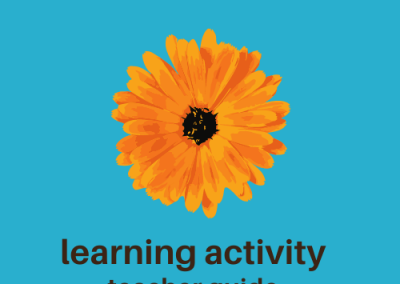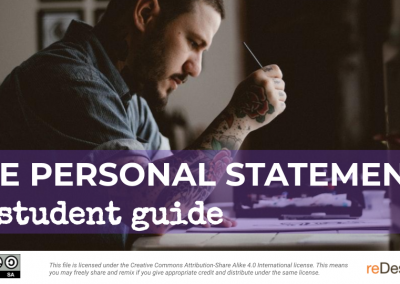Three Level Guide
Preparation
-
Identify or write a relatively challenging word problem that you want students to solve.
-
Create a Three-Level Guide for the problem. The guide should be divided into three sections, labeled “Level One: Literal,” “Level Two: Interpretive,” and “Level Three: Applied.”
-
In the Level One section, list approximately five true/false statements about the literal details of the problem, and provide a spot next to each statement where students can indicate true or false. You may also include a spot for students to indicate whether each true piece of information is helpful or not.
-
In the Level Two section, list approximately five mathematical concepts or ideas, of which approximately three should be related to the target problem. Provide a spot for students to indicate which concepts are related to the problem.
-
In the Level Three section, list approximately six to eight actions (calculations, graphs, etc.), of which approximately four could be used to help solve the problem. Provide a spot for students to indicate which actions should be used to help solve the problem.
Activity Steps
1
Teacher introduces three levels of understanding, discussing and providing examples of literal understanding, interpretation, and application.
2
Teacher displays Three-Level Guide process and distributes model word problem and guide to students. Teacher models using guide.
Think aloud about your process as you model. Make sure that your thinking aloud explicitly highlights the three different levels of thought.
3
Teacher distributes target word problem and guide to students. Students prepare to work individually or in small groups.
4
Students carefully read the word problem.
Consider recommending that students read the problem aloud, and that they read it at least twice.
5
Students consider the literal meaning of the problem, identifying what the problem says, what it doesn’t, and what is relevant to solving it. Students complete the Level One section of their guide, checking off which details are true, and which true deta
Encourage students to read aloud during this step, to read slowly, and to read any challenging portions more than once. Students may want to highlight important information.
6
Students think about how to interpret the problem, connecting the problem to the mathematical ideas that are associated with it. They complete the Level Two section of their guide, indicating which of the concepts are related to the target problem.
Circulate as students are working, leading mini-conferences and listening to and guiding their thinking about how to interpret the word problem.
7
Students think about how to apply mathematical knowledge to solve the problem, and which calculations, operations, and diagrams might be helpful in solving the problem. They complete Level Three of their guide, indicating which actions will help solve th
As you circulate, you can ask students about how they know what actions to perform, what information they will get from each action, and what order they should perform them in.
8
Students use their completed guides to perform the identified operations and solve the word problem.
You may want to model using your completed model guide to actually solve the model word problem.
9
Alone or in groups, in conversation or in writing, students reflect on their learning process.
Students respond to questions including:

